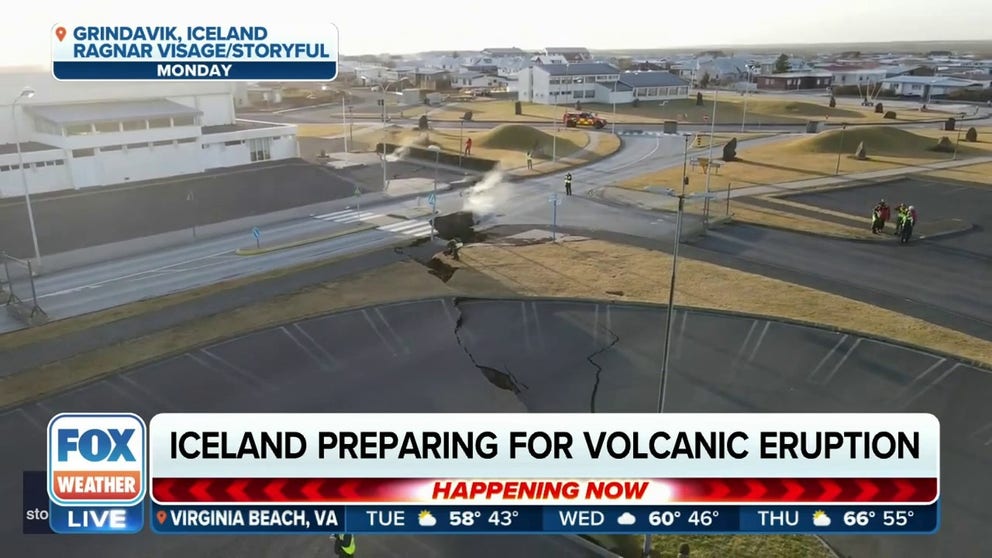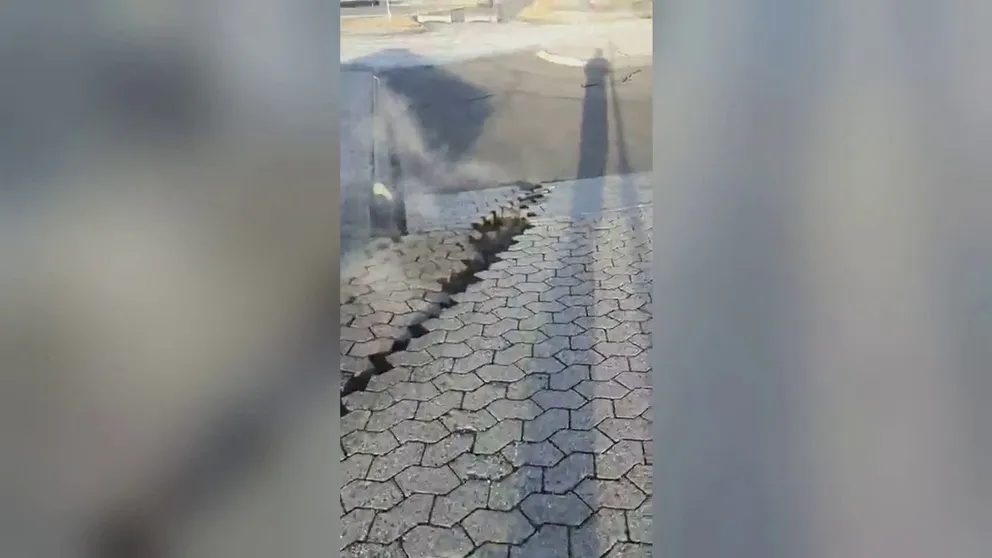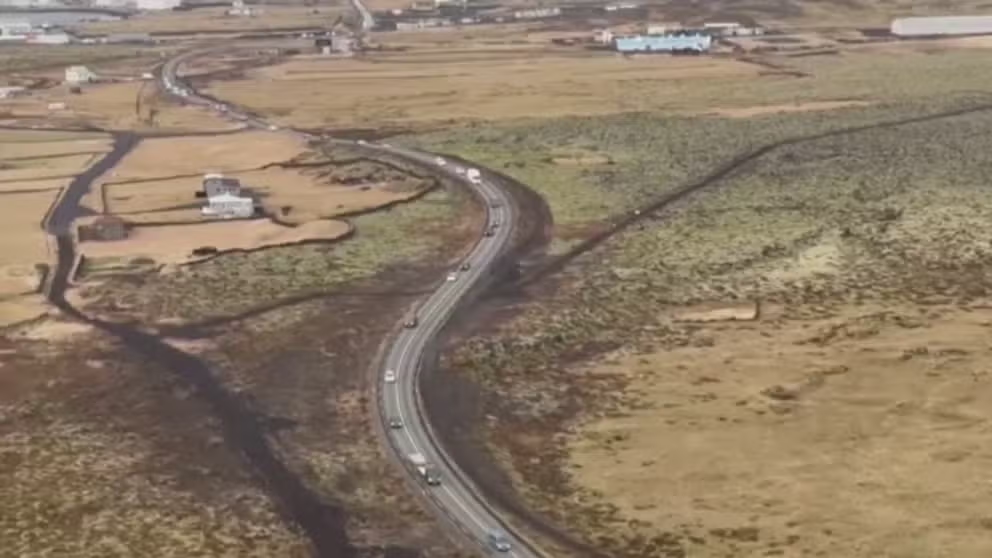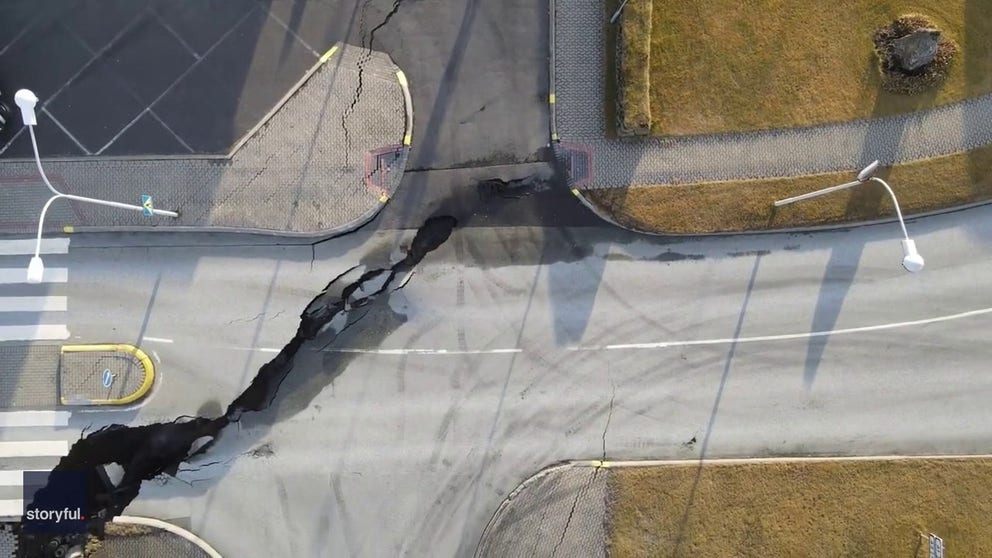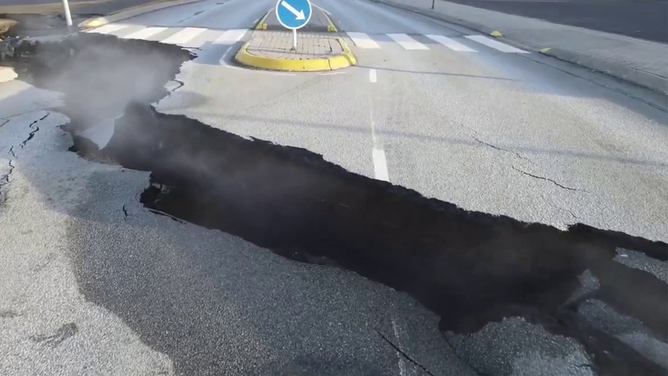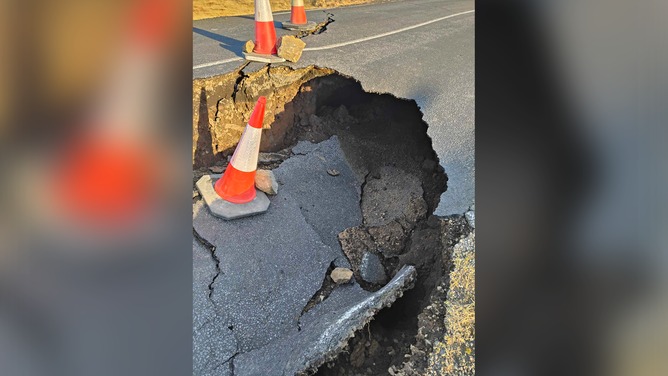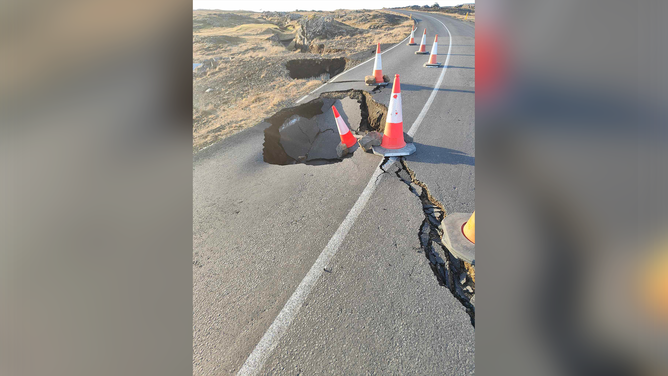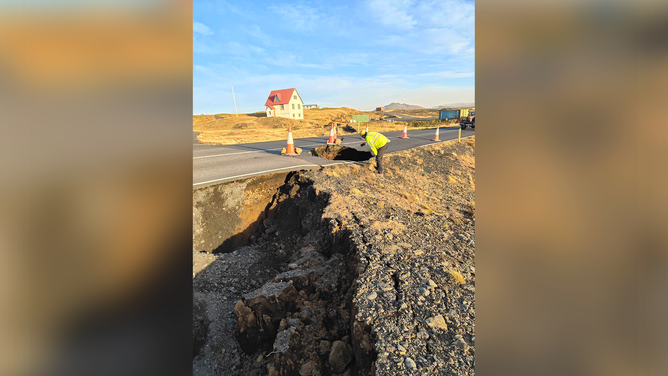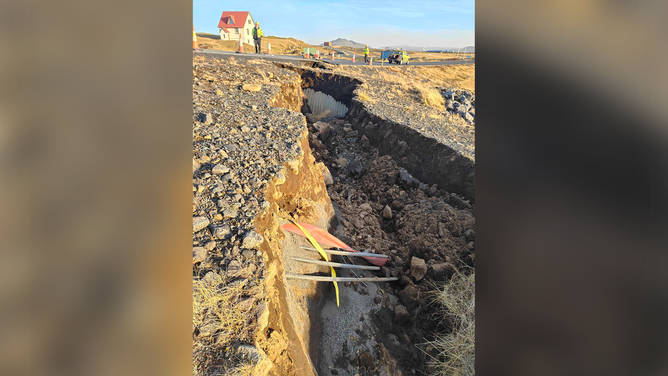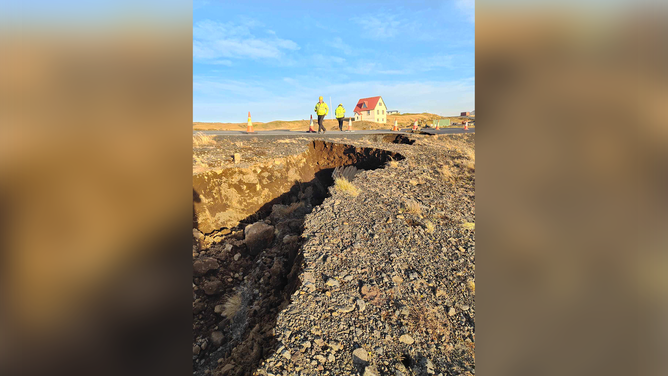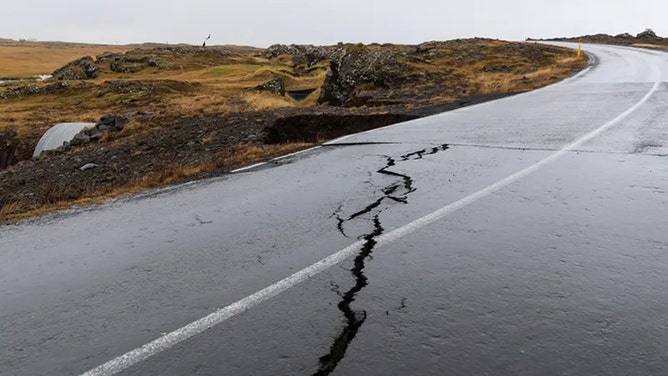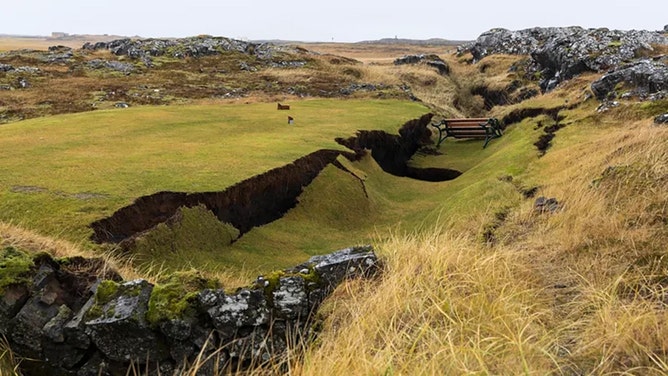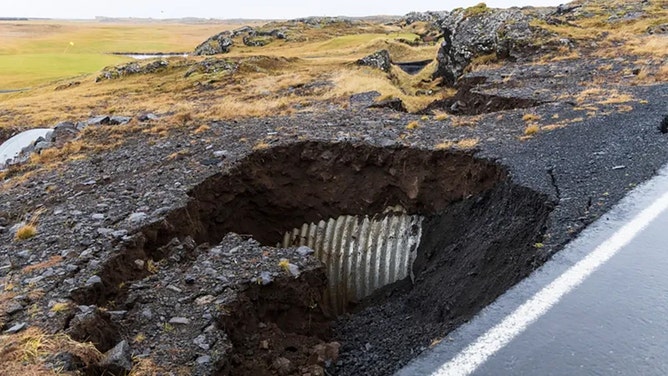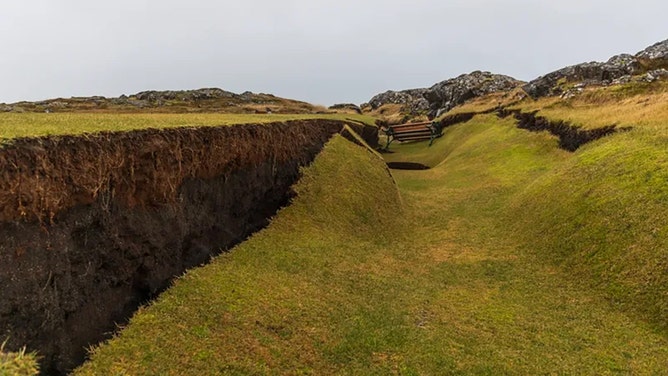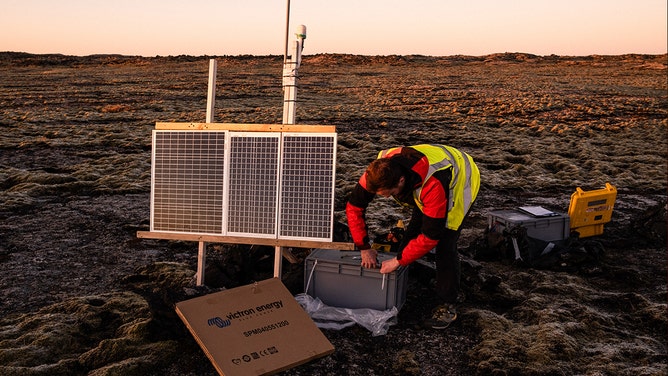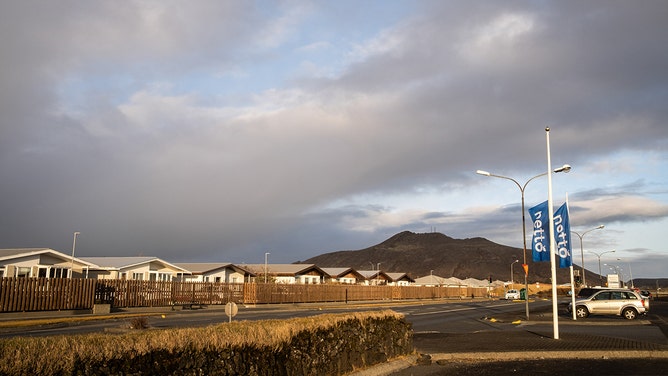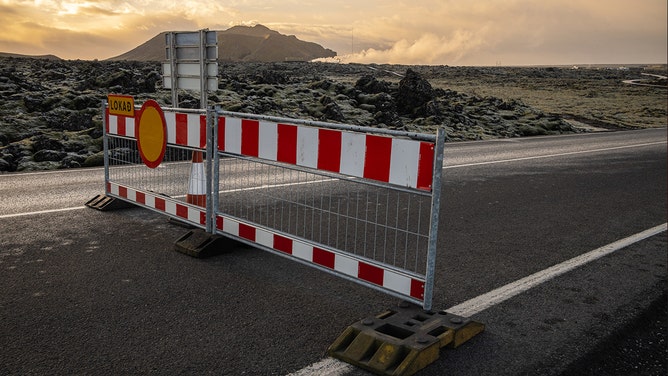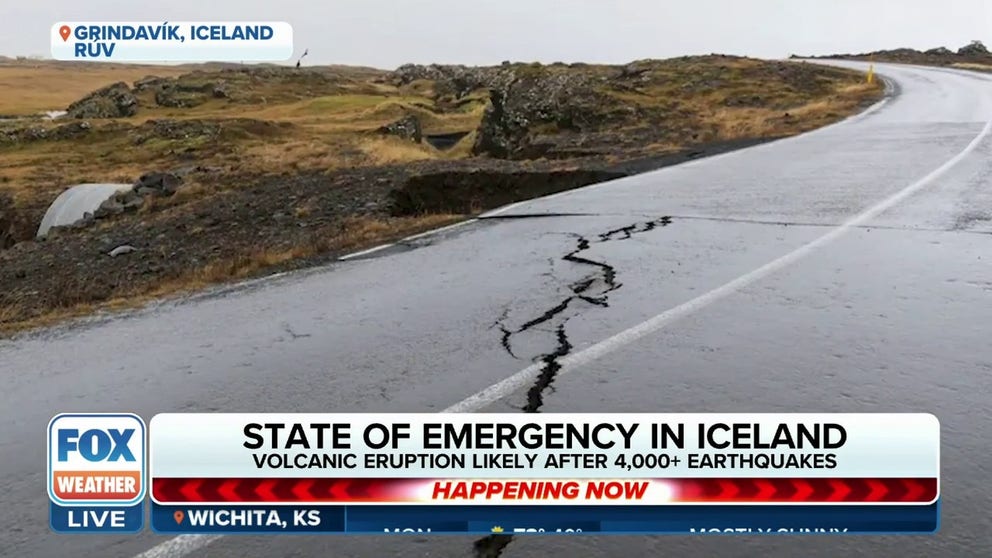Volcanic gas forces renewed evacuations in Grindavik amid ongoing fears of eruption in Iceland
There are no indications that an eruption occurring, but “gas doesn’t appear unless magma is very high in the earth’s crust."
Grindavik evacuated again after increased levels of sulfur dioxide detected
Residents who were allowed to return to Grindavik in Iceland on Tuesday were told to evacuate after meters detected an increase in levels of sulfur dioxide in the area.
GRINDAVIK, Iceland – Residents who were allowed to briefly return to Grindavík on Tuesday were evacuated again after sensors detected an increase in sulfur dioxide gas – a sign of potential encroaching volcanic activity as the region remains on alert for a possible eruption in southwestern Iceland.
According to national public service broadcaster RÚV, the Professional Manager at the Icelandic Meteorological Office (IMO) said new gas meters recently installed in Grindavík reported high levels of sulfur dioxide, and he informed the police, who then decided to evacuate the town.
DRONE VIDEO SHOWS LARGE CRACK SPLITTING ICELANDIC TOWN'S STREET AMID VOLCANIC THREAT
Watch: Video shows steam rising from cracked roads in Grindavik amid Iceland volcanic eruption fears
Video recorded in Grindavik shows steam coming from cracks that formed in roads. The seaside town in Iceland is preparing for a possible volcanic eruption.
RÚV reports that there are no indications that an eruption is occurring, but "gas doesn’t appear unless magma is very high in the earth’s crust."
The town was not in an emergency evacuation, RÚV reported, and instead, people were led to safety "in an orderly manner." According to RÚV, 90 people were in Grindavík when the new evacuation was ordered and it only took 95 seconds to get everyone to safety.
Watch: Cars flee Grindavik amid fears of volcanic eruption in Iceland
Video from the Icelandic Coast Guard shows cars leaving the seaside town of Grindavik amid fears that a volcano there could erupt at any time.
Situation remains dangerous in Iceland
Iceland’s Department of Civil Protection and Emergency Management said in Facebook posts that the situation in the Grindavik area remains dangerous, and large cracks, as well as fire breaks, could form at any time.
Video and photos from the area show large cracks that have already formed across roads in and around Grindavik.
ICELAND RESIDENT DESCRIBED RELENTLESS EARTHQUAKES, MOMENTS OF PANICKED EVACUATION
Watch: Drone video shows large crack in Iceland town threatened by volcanic activity
Video from Grindavik, Iceland, show large cracks that have formed amid thousands of earthquakes reported in the region. There are fears that a volcano could erupt there soon.
The Icelandic Meteorological Office (IMO) said on its website Tuesday that about 700 earthquakes have been reported in the region since midnight, with the largest a magnitude 3.1 at Hagafell. A magnitude 3.8 was recorded at Kleifarvatn late Monday night.
The IMO said most of the earthquake activity has been reported along the magma tunnel at a depth of about 1.86 miles to 3.1 miles.
Data shows that land deformation continues in the area – more than 3 feet in some spots – which is consistent with magma still flowing beneath the earth’s surface.
WHAT HAPPENS BEFORE A VOLCANO ERUPTS?
The IMO said that between Nov. 12-13, magma flow was measured at about 75 cubic meters per second and the depth was about a half-mile.
However, the IMO said those numbers were based on calculations and some uncertainty remains.
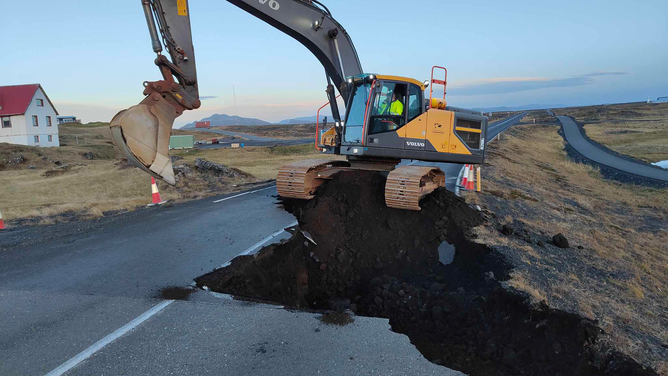
Several roads in and around Grindavik, Iceland, have been damaged due to large cracks that have formed.
(Facebook.com/Vegagerdin)
"The probability of an eruption is therefore still high," the IMO said. "In the event of an eruption, the most likely location is at the magma tunnel. There is no evidence otherwise in the data."
New data also suggests that if the volcano does erupt in the Grindavík area, it is no longer thought to be explosive – which is good news for international air travel as toxic ash and smoke won’t be released as high into the atmosphere.
CAN ONE VOLCANO'S ERUPTION TRIGGER AN ERUPTION AT ANOTHER VOLCANO?
Defense walls being built to protect infrastructure
'Impossible To Be In': Iceland resident details evacuating home during earthquakes
Iceland resident Hans Vera had to evacuate from his home in Grindavik on Friday night. He is now staying with family in Reykjavík, as seismic and volcanic activity continues in Iceland.
RÚV reports crews have been gathering material from gravel quarries since Friday in preparation for the construction of defense walls that will surround important infrastructure to protect against threats of a likely volcanic eruption like lava flows.
Plans were approved overnight, and construction of defense walls surrounding the geothermal power plant in Svartsengi is expected to begin on Tuesday.
The excess water from the Svartsengi power plant is used to fill the popular tourist destination Blue Lagoon, which shut down operations on Nov. 9 due to fears of a volcanic eruption in the area.
